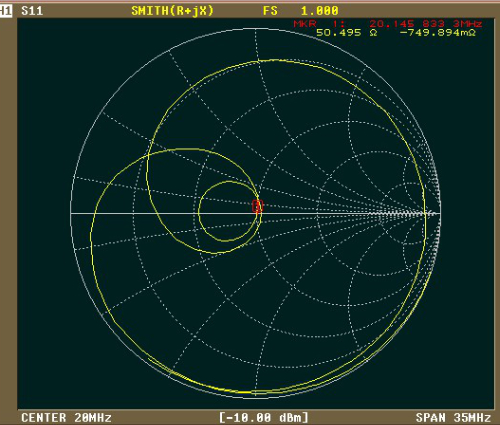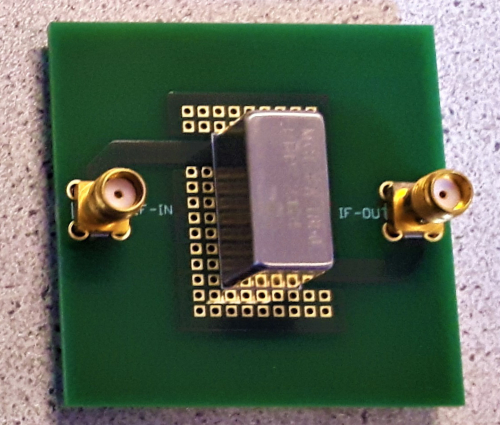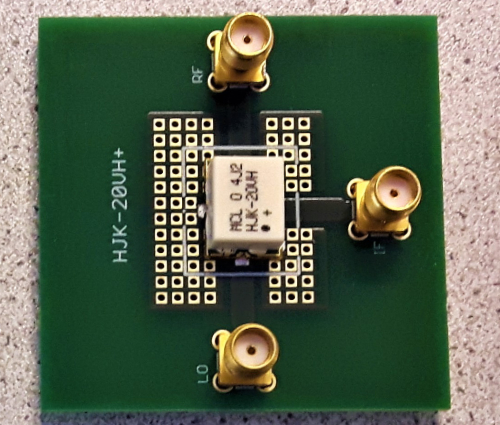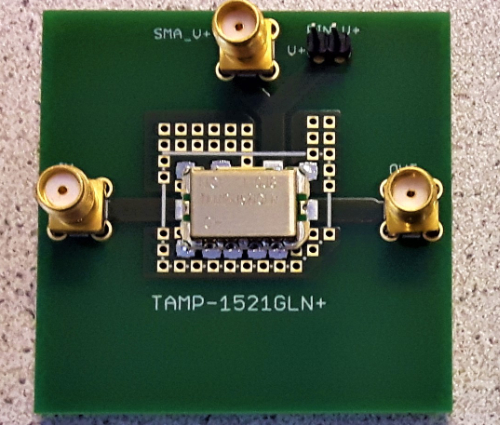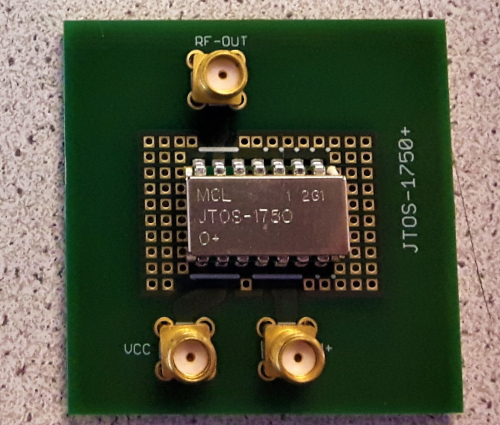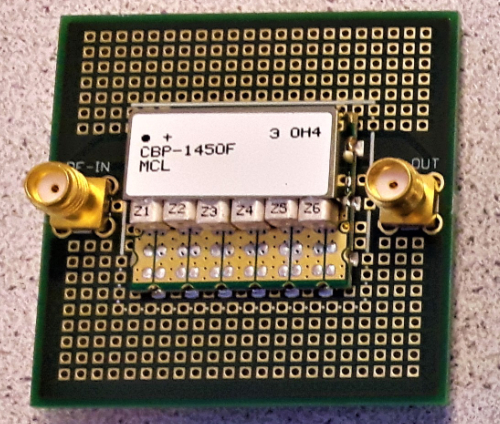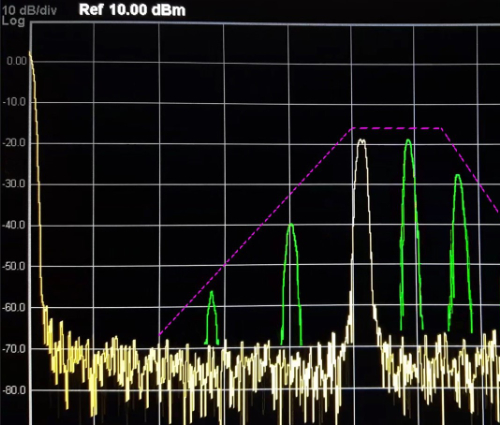A high-frequency receiver must be designed very careful and well-considered to get useful signals. Jakob Bauer designed a receiver chain that is additionally modular constructed to be used as an illustrative material in lectures as well as a generally usable flexible receiver. The design process starts with the selection of the most useful receiver structure. For this the elements for a certain application, in this case the reception of GPS-frequency at 1.5 GHz and the reception of the hydrogen line at about 1.4 GHz must be chosen. This concerns a radio frequency bandpass filter, a low-noise amplifier, mixer with a local oscillator and an intermediate frequency receiver in the use receiver chain.
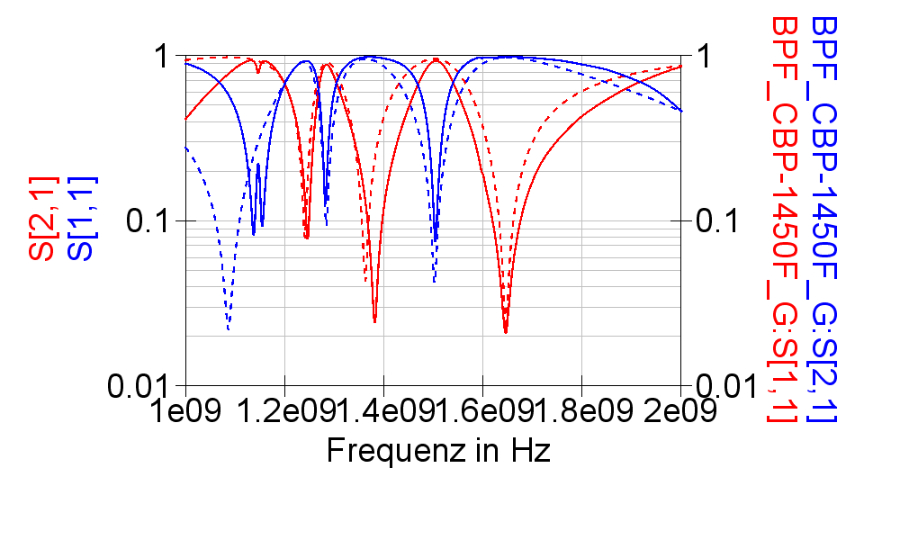
The chosen circuit must be controlled for his efficiency and the signal quality. At first the needed microstrip width of the circuit board must be calculated. Following this a link-budget calculation takes place which adds up all gains and losses of the single elements. Additionally, the noise of the elements is considered. With those two values the signal to noise ratio can be calculated, which gives a good overview of the whole circuit and the output signal.
The second test is about the so-called S-parameters, which are very important at high frequencies. For that a simulations program is used, in which a schematic circuit with all important values around the operating point gets calculated. The output of this analysis takes place via a smith-chart.
After a successful analysis the circuit is constructed in EAGLE and gets manufactured. At the end it gets assembled and tested for its functionality.

